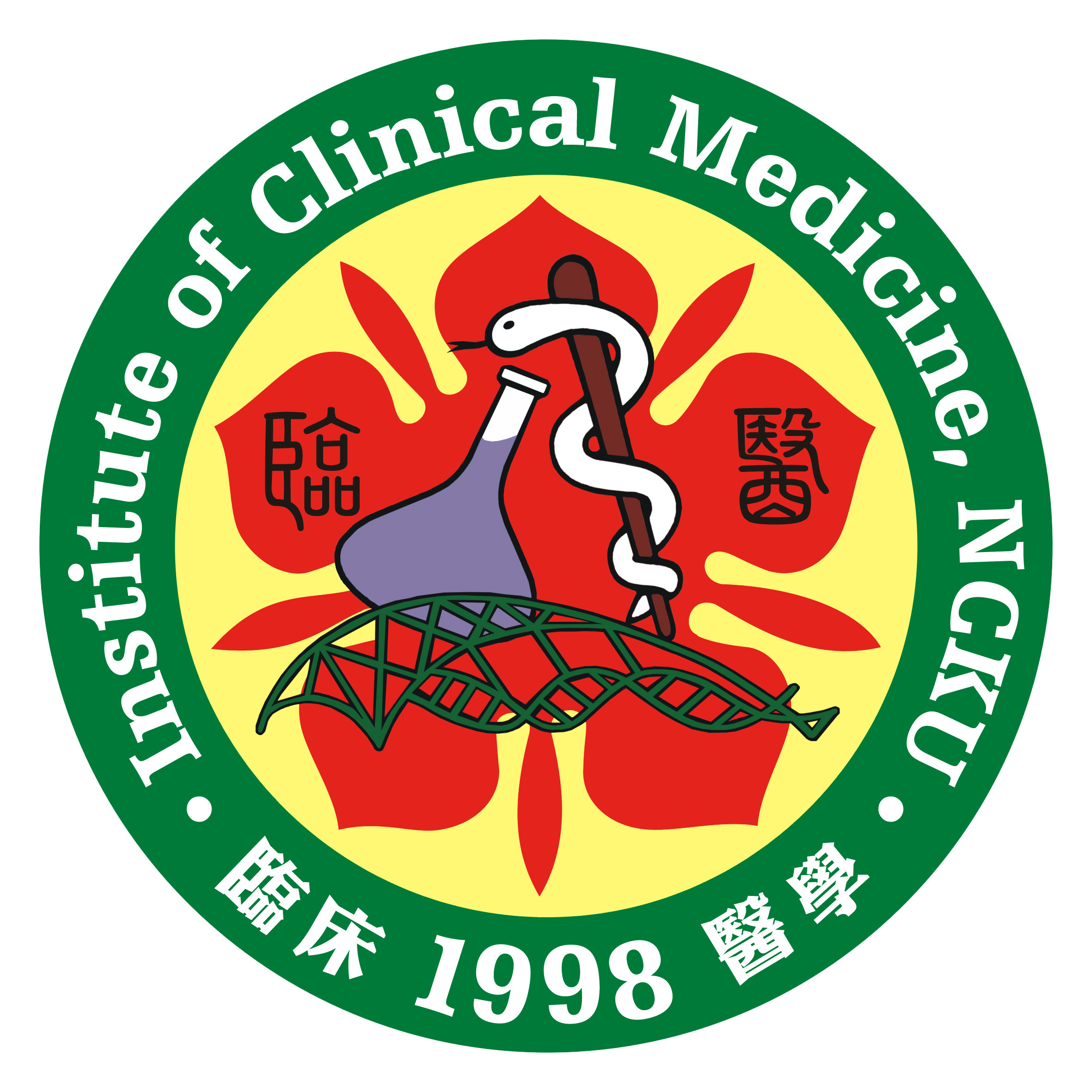蔡曜聲 老師, NLRP3 inflammasome activation, metabolic danger signals and protein binding partners.,J Endocrinol . 2023 Feb 1;JOE-22-0184.
Abstract
The NOD-like receptor family pyrin domain-containing 3 (NLRP3) inflammasome is an oligomeric complex that assembles in response to exogenous signals of pathogen infection and endogenous danger signals of non-microbial origin. When NLRP3 inflammasome assembly activates caspase-1, it promotes the maturation and release of the inflammatory cytokines interleukin-1B and IL-18. Aberrant activation of the NLRP3 inflammasome has been implicated in various diseases, including chronic inflammatory, metabolic, and cardiovascular diseases. The NLRP3 inflammasome can be activated through several principal mechanisms, including K+ efflux, lysosomal damage, and the production of mitochondrial reactive oxygen species. Interestingly, metabolic danger signals activate the NLRP3 inflammasome to induce metabolic diseases. NLRP3 contains three crucial domains: an N-terminal pyrin domain, a central nucleotide-binding domain, and a C-terminal leucine-rich-repeat domain. Protein–protein interactions act as a "pedal or brake" to control the activation of the NLRP3 inflammasome. In this review, we present the mechanisms underlying NLRP3 inflammasome activation after induction by metabolic danger signals or via the protein–protein interactions with NLRP3 that likely occur in metabolic diseases. Understanding these mechanisms will enable the development of specific inhibitors to treat NLRP3-related metabolic diseases.
